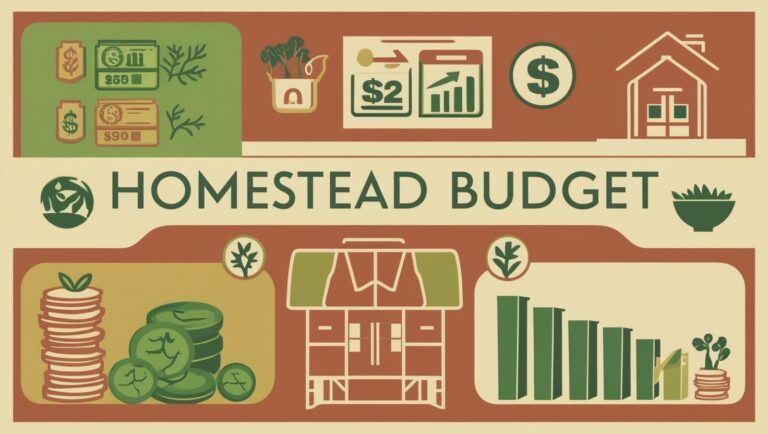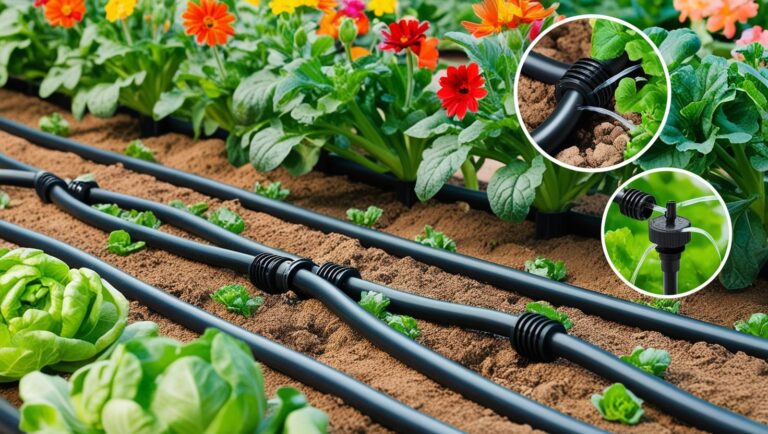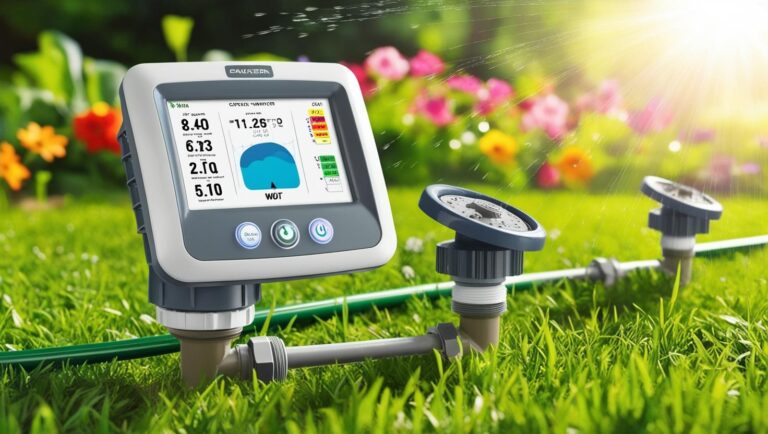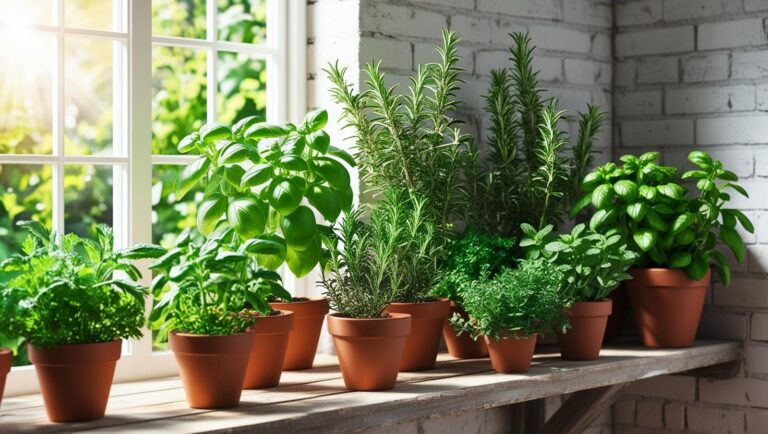Meta Description (150 characters): Learn how to transform your 1/4 acre into a thriving micro homestead! Discover proven layout strategies, space-saving tips, and essential planning advice for maximum self-sufficiency.
With just a quarter acre, you can create a thriving micro homestead that provides fresh food, a cozy animal habitat, and even a place to relax—all while living in harmony with nature.
The secret lies in strategic planning and maximizing every square foot.
This guide will explain how to design an efficient and productive homestead layout, regardless of your experience level. From raised garden beds and compact chicken coops to clever composting solutions, discover how to turn a small plot into a productive powerhouse.
Planning Your 1/4 Acre Micro Homestead Layout
When planning my micro homestead, I made the classic rookie mistake of jumping straight into planting without proper planning. After having to relocate my entire chicken coop because I didn’t account for the summer sun pattern, I learned the importance of thorough planning.
Here’s what I’ve learned works best:
Start by observing your property for at least a few weeks – yes, weeks! I spent a full month tracking sun patterns using a simple sun mapping app on my phone.
The discoveries were eye-opening. That “perfect spot” I initially picked for my vegetable garden? It turned out to be shaded by my neighbor’s maple tree for most of the afternoon.
Don’t rely on basic pH kits from the garden center for soil testing. I invested $50 in a comprehensive soil analysis from our local extension office, and it was worth every penny.
My soil turned out to be severely lacking in phosphorus – something I would’ve never known otherwise, and it explained why my tomatoes had been struggling the previous season.
Creating a scaled property map might sound intimidating, but here’s a trick I learned: use Google Earth to print out an aerial view of your property, then overlay graph paper on it.
I mark out everything, from existing trees to utility lines. If you have a septic system, remember to note where it is. You don’t want to plant anything over it.
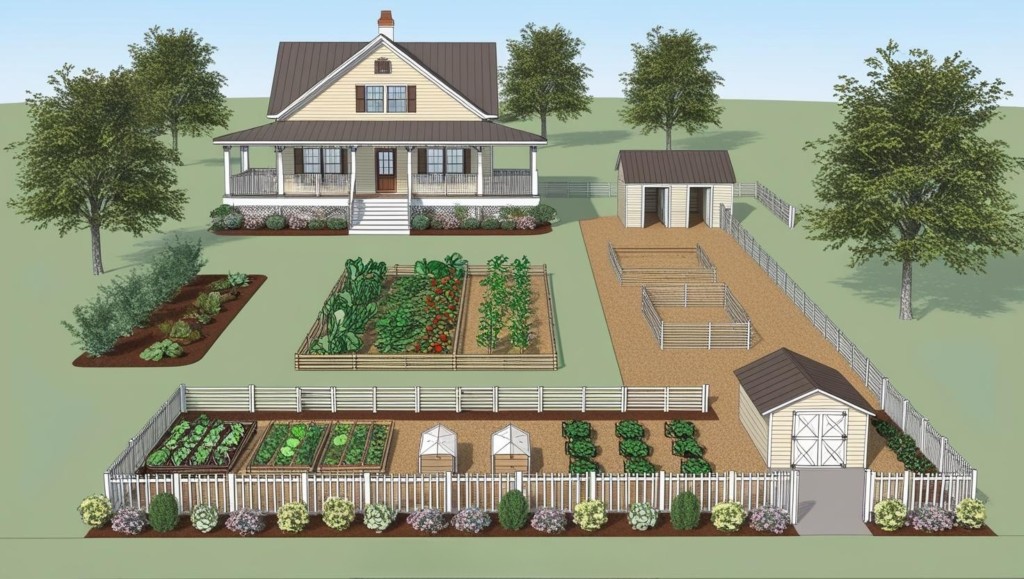
Essential Zones for Maximum Efficiency
After three years of constant tweaking, I’ve finally figured out the perfect zone system for a quarter acre. Understanding that zones aren’t just about distance from your house but about your daily routines made it much smoother.
I keep my kitchen garden literally right outside my back door. At first, I thought this was “wasting” prime space, but I can’t tell you how many times I’ve harvested herbs while dinner was cooking or quickly grabbed some lettuce for lunch. The proximity means nothing goes to waste.
For the food forest, I’ve learned to think vertically. The perfect setup has tall nut trees at the north end, gradually stepping down to smaller fruit trees, then shrubs, and finally herbs.
This creates a natural ecosystem while ensuring everything gets proper sunlight. The best part? This layout mimics natural forest edges, which means it practically takes care of itself now.
Space-Saving Techniques for Small Homesteads
I used to think I needed huge garden beds, but my productivity skyrocketed once I started growing up instead of out. My favorite setup is a combination of cattle panel arches between raised beds.
These act as trellises for climbing plants like cucumbers and pole beans while creating shaded areas underneath, perfect for growing lettuce and spinach.
One mistake I made early on was trying to cram too many different projects into the space. Now I focus on multi-purpose elements.
For example, my grape arbor provides shade for our outdoor seating area, produces fruit, and acts as a trellis for early spring peas before the grape leaves emerge. That’s three uses in one structure!

Optimal Animal Integration for 1/4 Acre
When it comes to animals on a micro homestead, it’s all about choosing the suitable species and implementing smart rotational systems.
After trying various combinations, I’ve found that a small flock of 4-6 chickens, two dwarf goats, and a couple of rabbit breeding pairs work perfectly on a quarter acre.
The secret is creating flexible spaces. My chicken run has a removable fence system that lets me quickly shift their grazing area every few weeks.
This prevents the ground from becoming too compacted and allows the vegetation to recover. Plus, the chickens do a fantastic job cleaning up fallen fruit from my orchard trees and controlling pests.
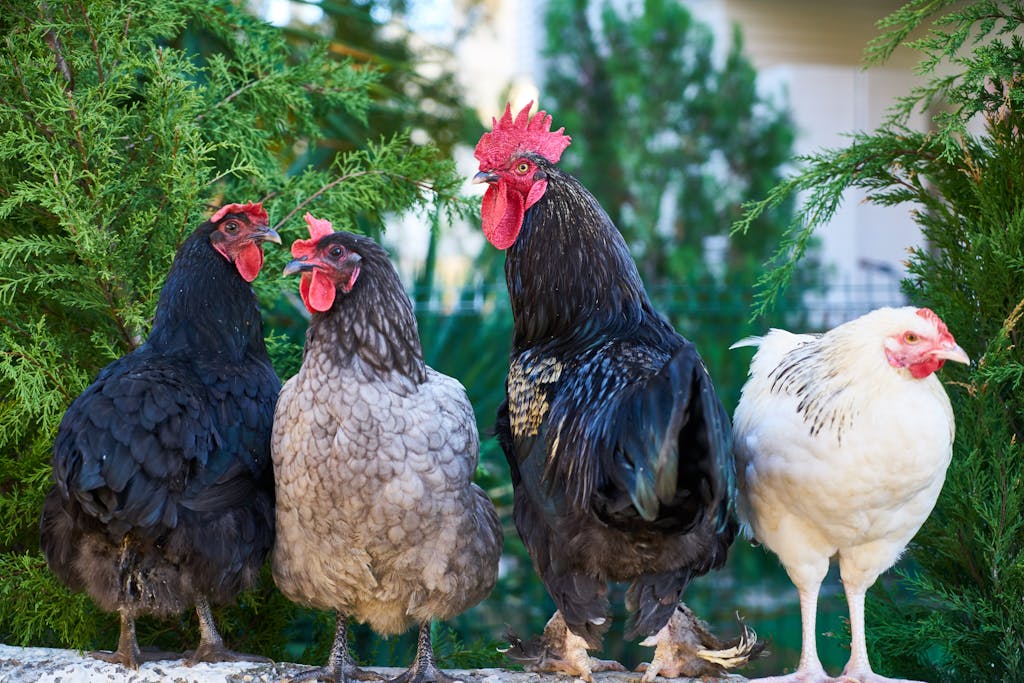
Year-Round Food Production Strategies
Building a series of low tunnels that can be easily moved around the garden was the most significant factor in extending my growing season. Unlike a permanent greenhouse, these allow me to protect different crops throughout the year.
In spring, they help me start warm-season crops early. During summer, I cover them with shade cloth for heat-sensitive greens, and in fall, they protect crops from early frosts.
I’ve developed a succession planting schedule that ensures continuous harvests. From early spring through fall, I start new lettuce seedlings every two weeks.
When one bed is finished, I immediately replant it with something else. There’s no such thing as empty space in my garden!
Infrastructure and Resource Management
Water management has been one of my biggest learning curves. I now have a comprehensive rainwater collection system that captures water from my roof.
Three 55-gallon drums might seem overkill, but I’m always grateful for every drop during our summer dry spells.
I’ve created a three-bin system that fits neatly against my back fence for composting.
The key was making the bins just big enough to reach a proper temperature for decomposition (about 3x3x3 feet each) while not taking up too much space. I keep one bin for active composting, one for curing, and one for collecting new materials.
Creating a productive micro homestead is a journey, not a destination. Start with these foundations, but be bold, adapt, and experiment as you learn what works best for your specific situation.
The most successful micro homesteads are the ones that evolve with their owners’ needs and experiences.
Ready to start planning your micro homestead? Download our free planning worksheet to help you map out your perfect quarter-acre paradise.
And remember, you don’t need acres of land to create something amazing – you just need to be smart about how you use the space you have!
